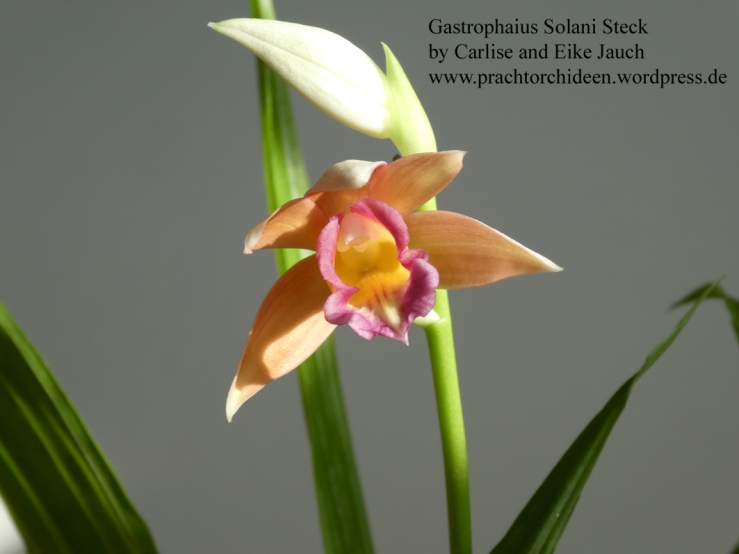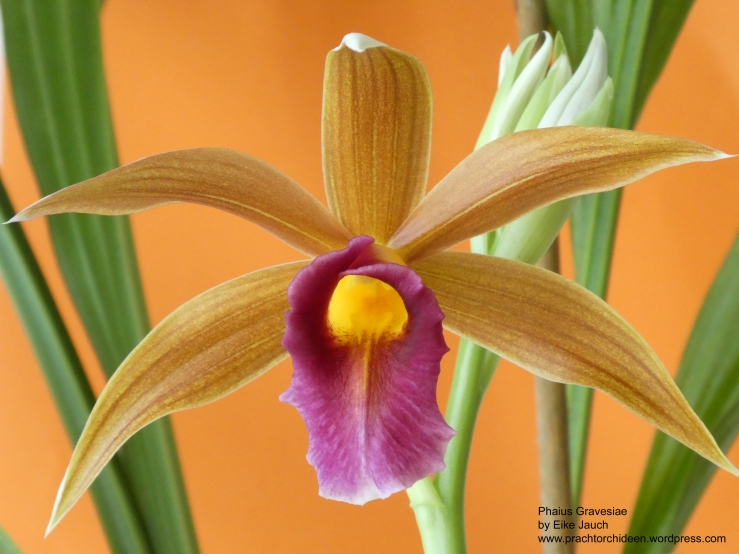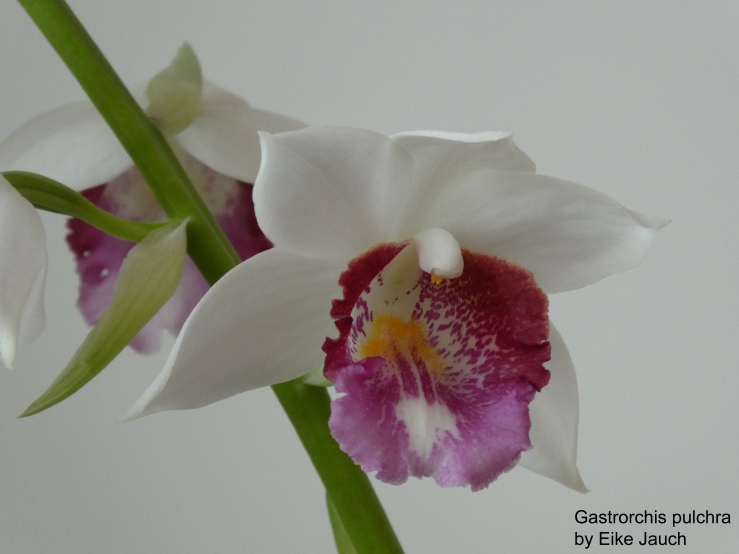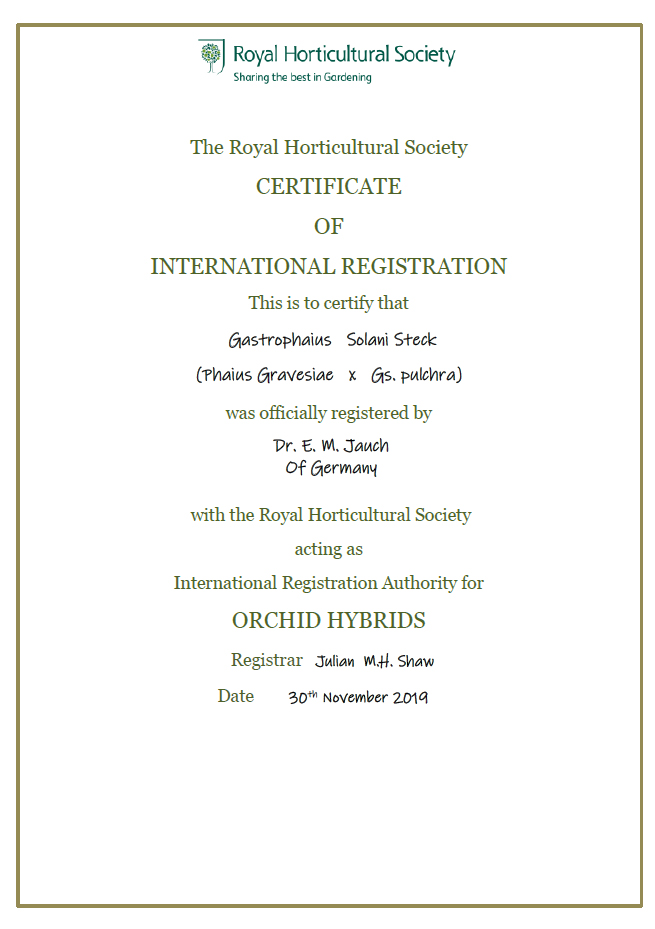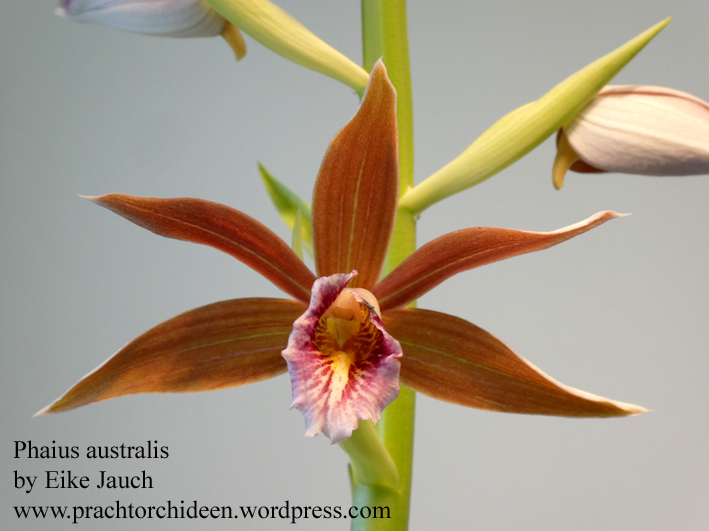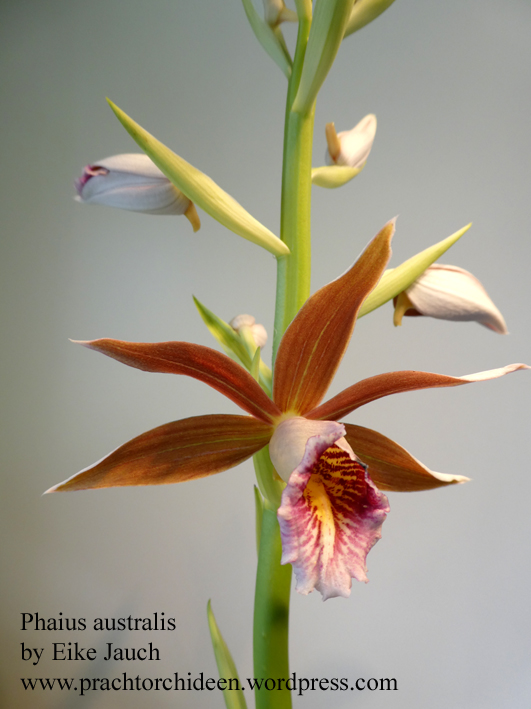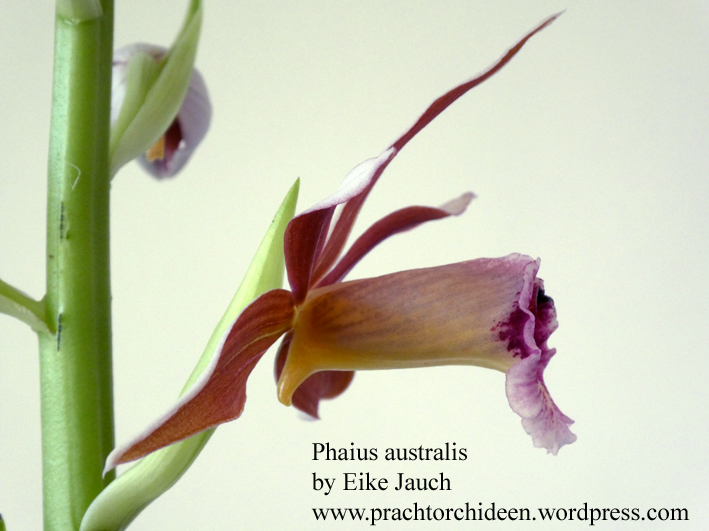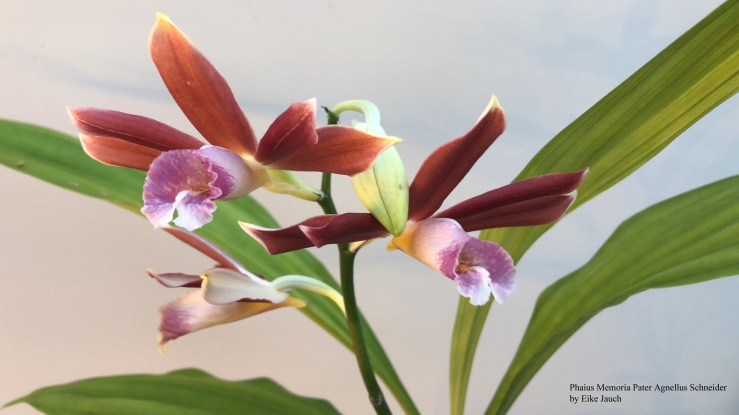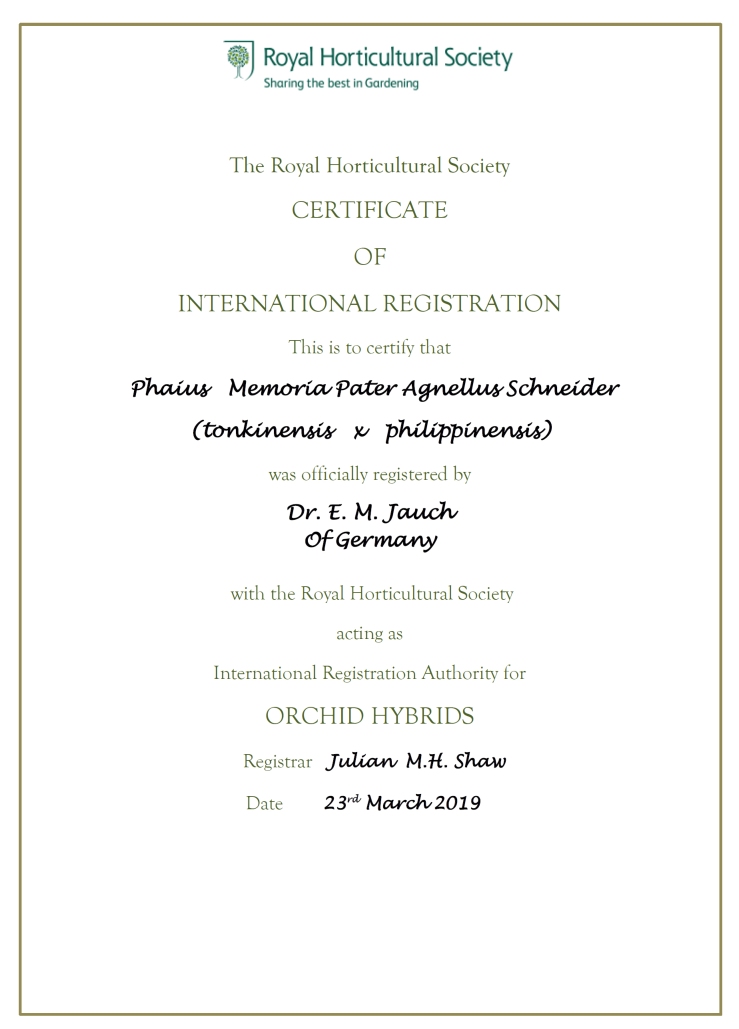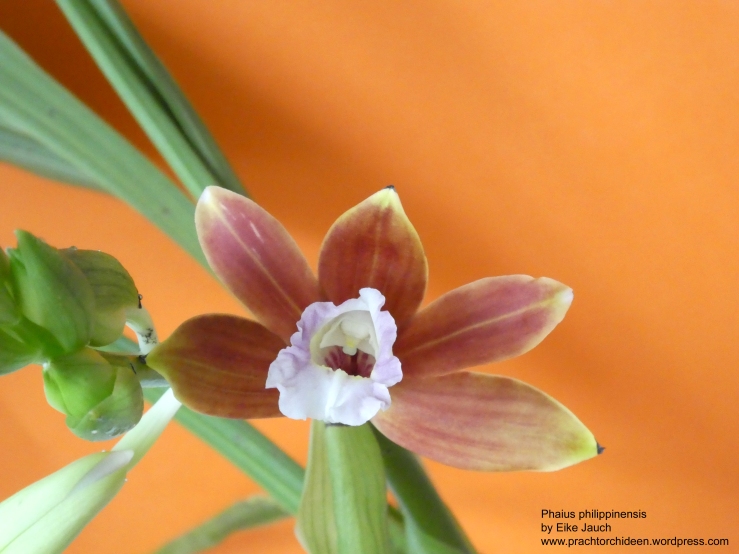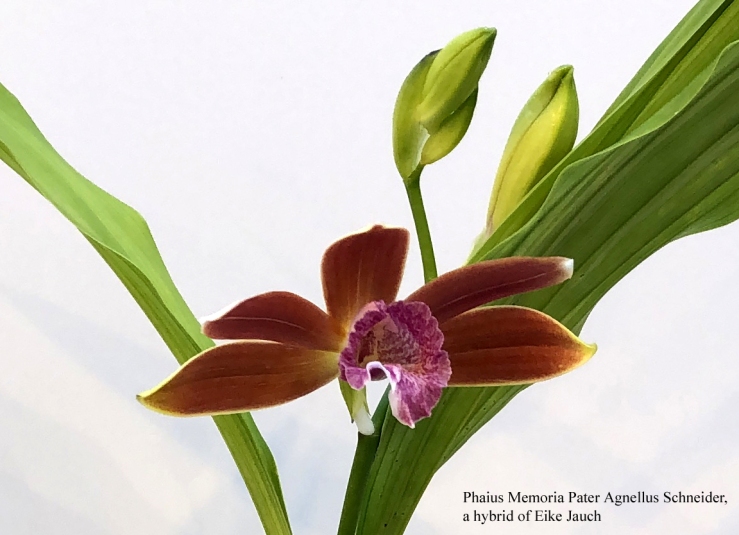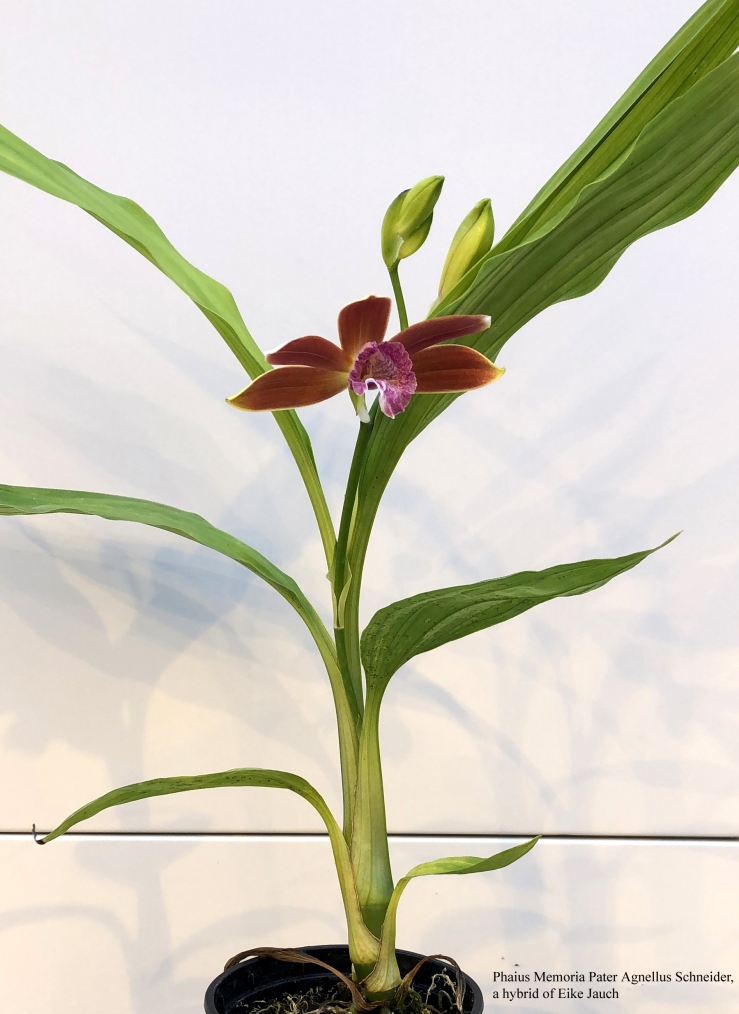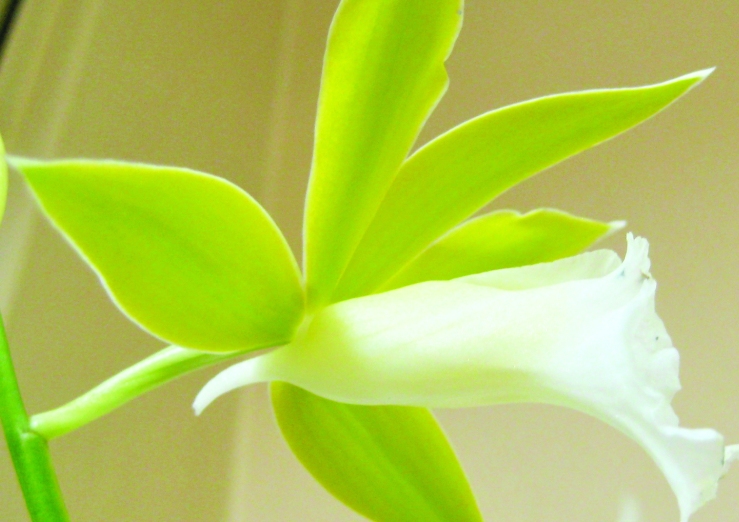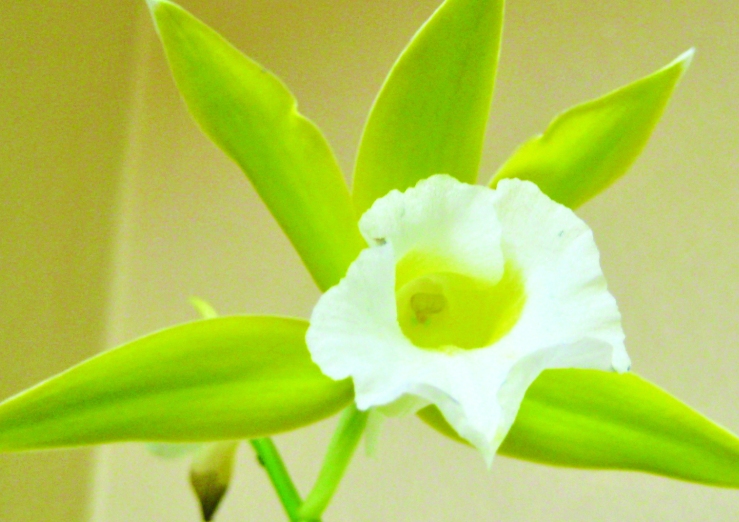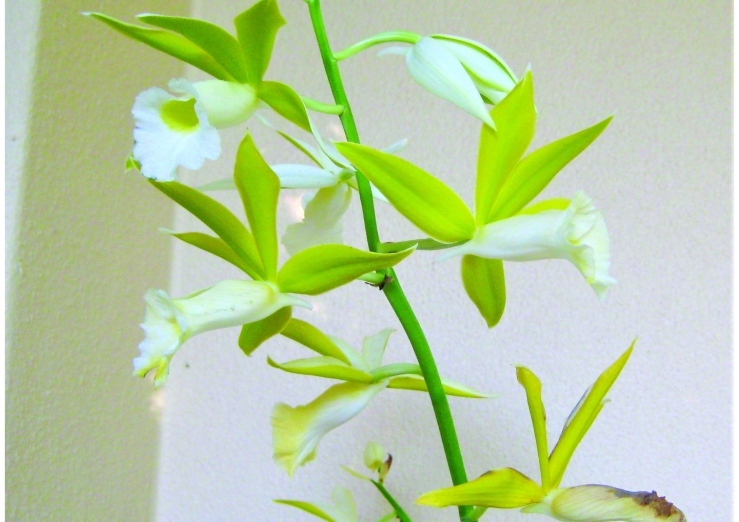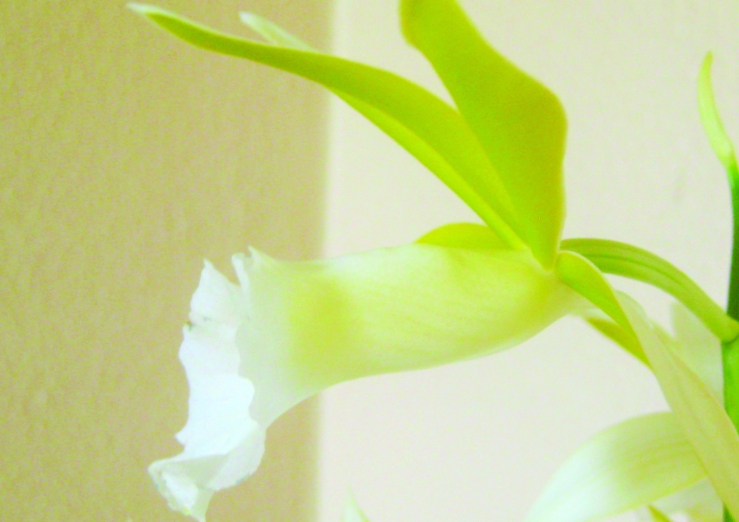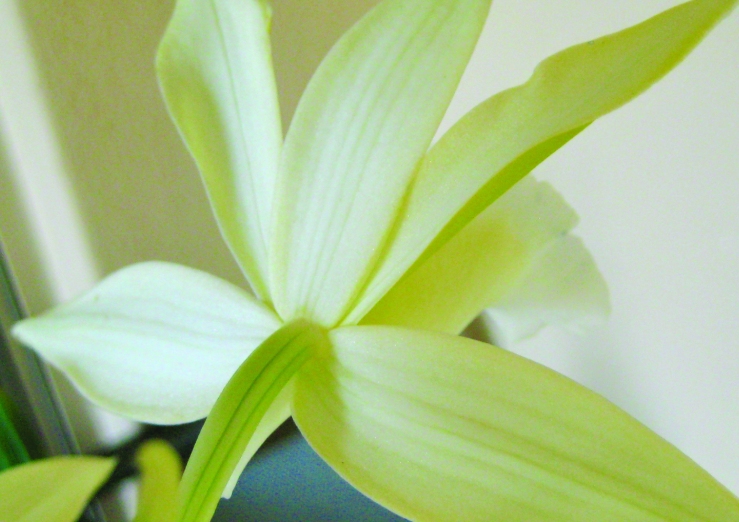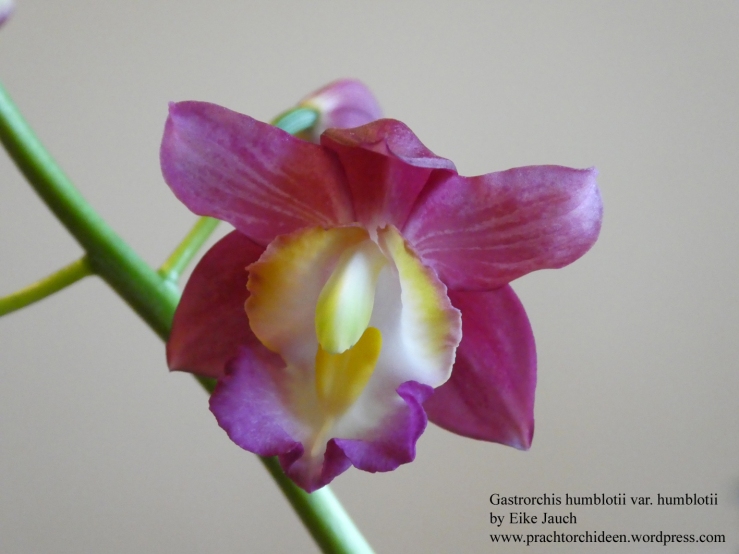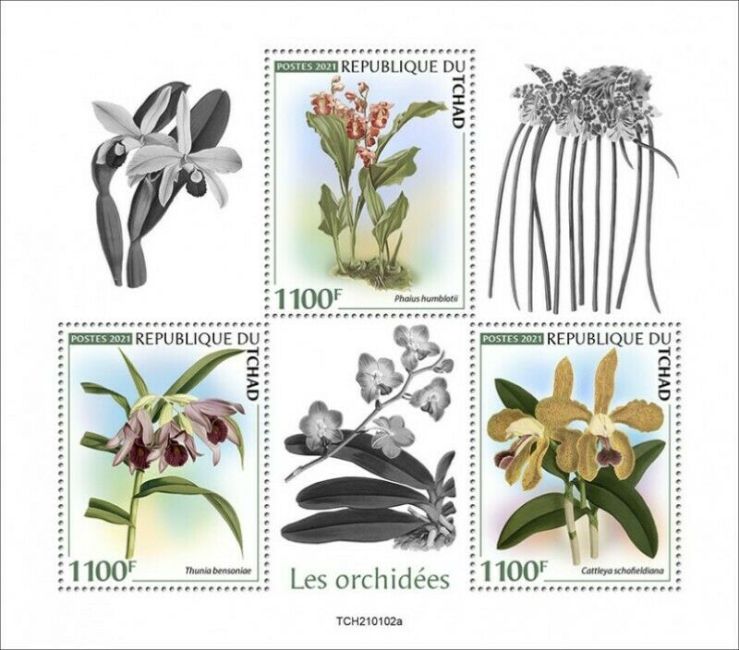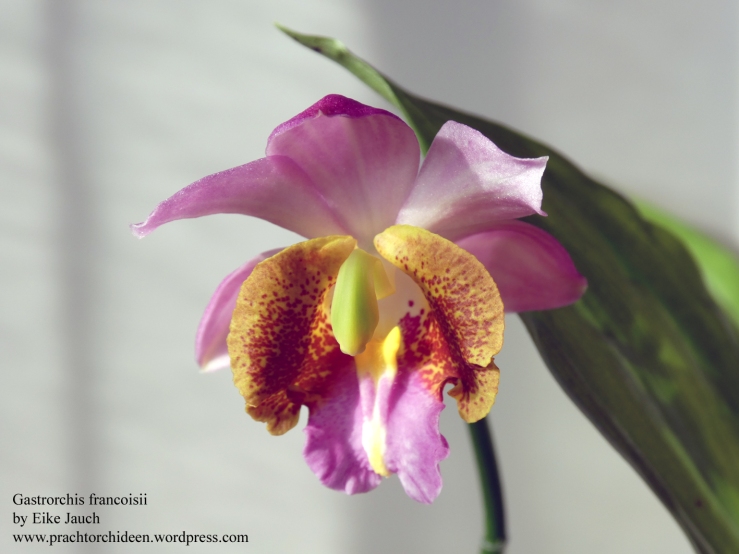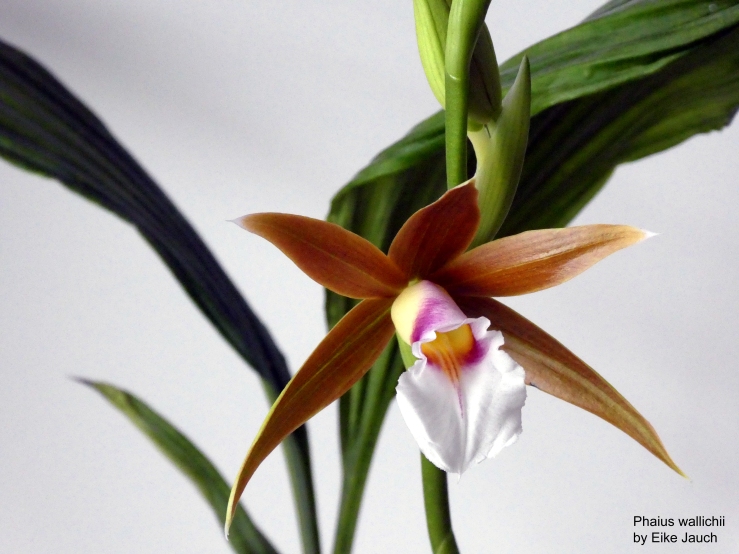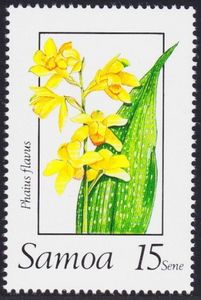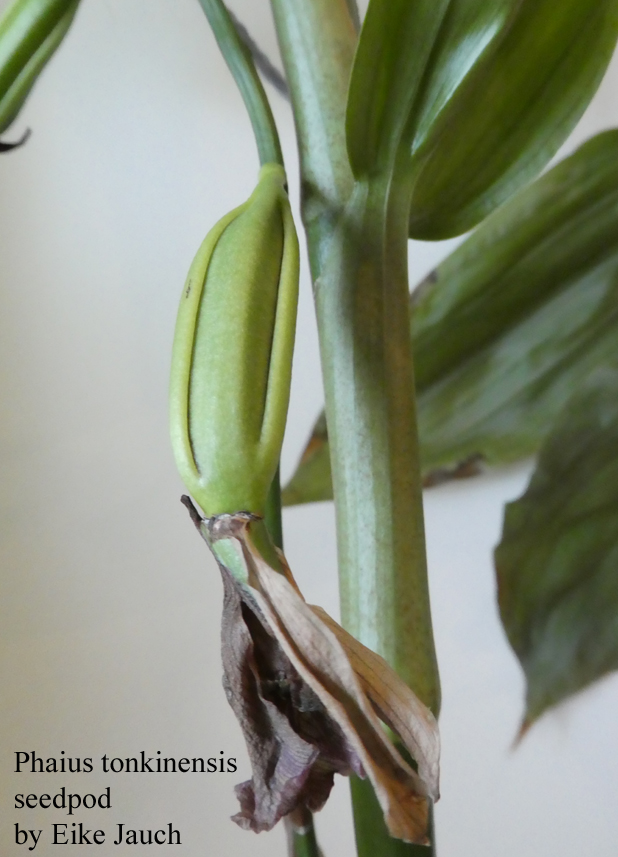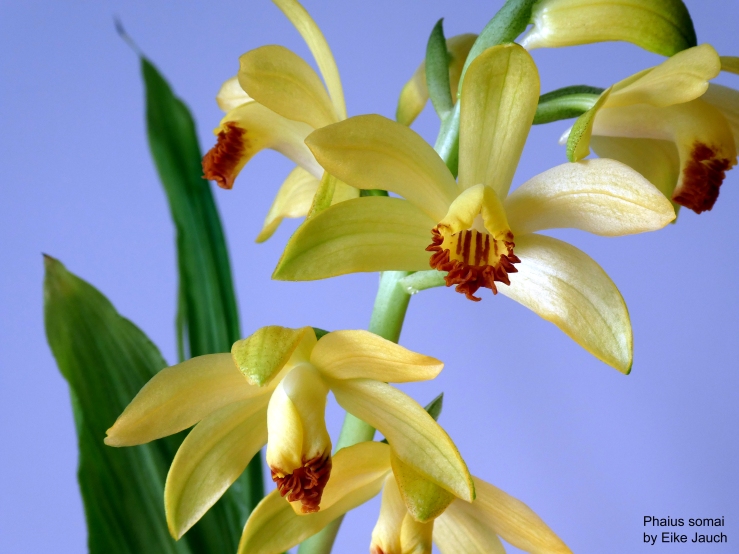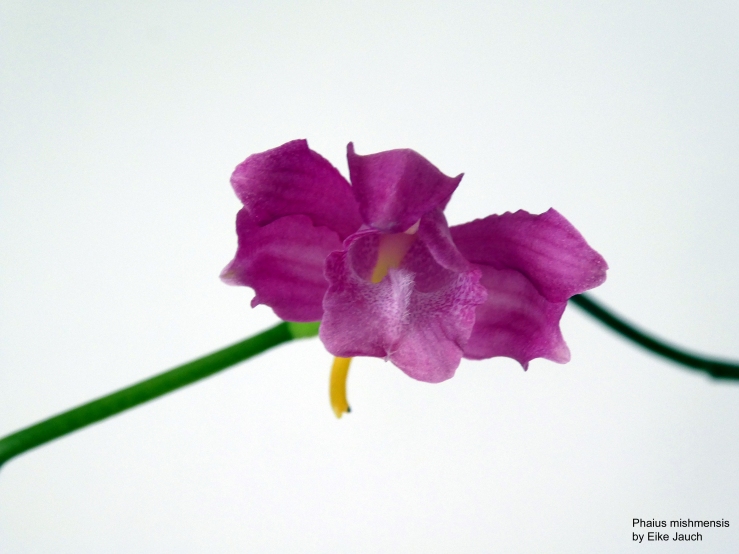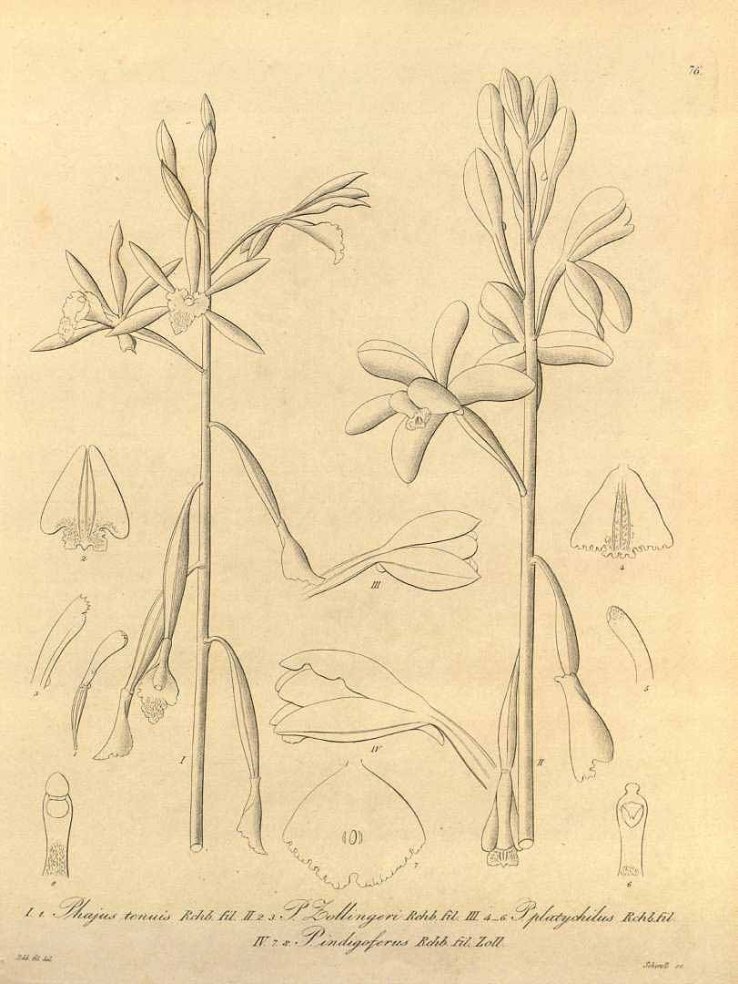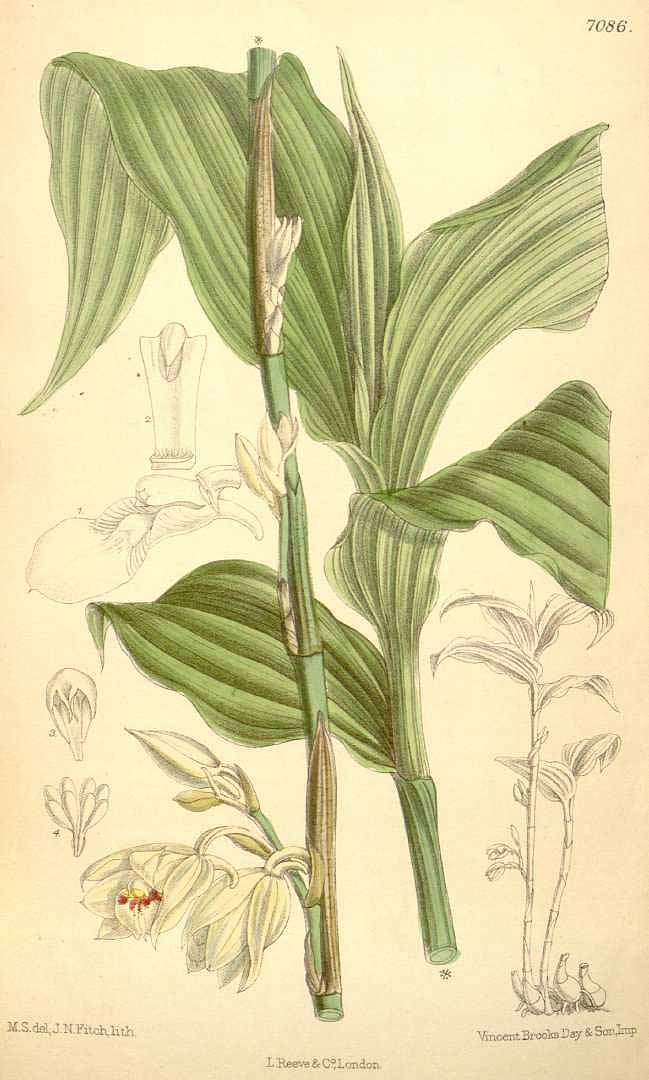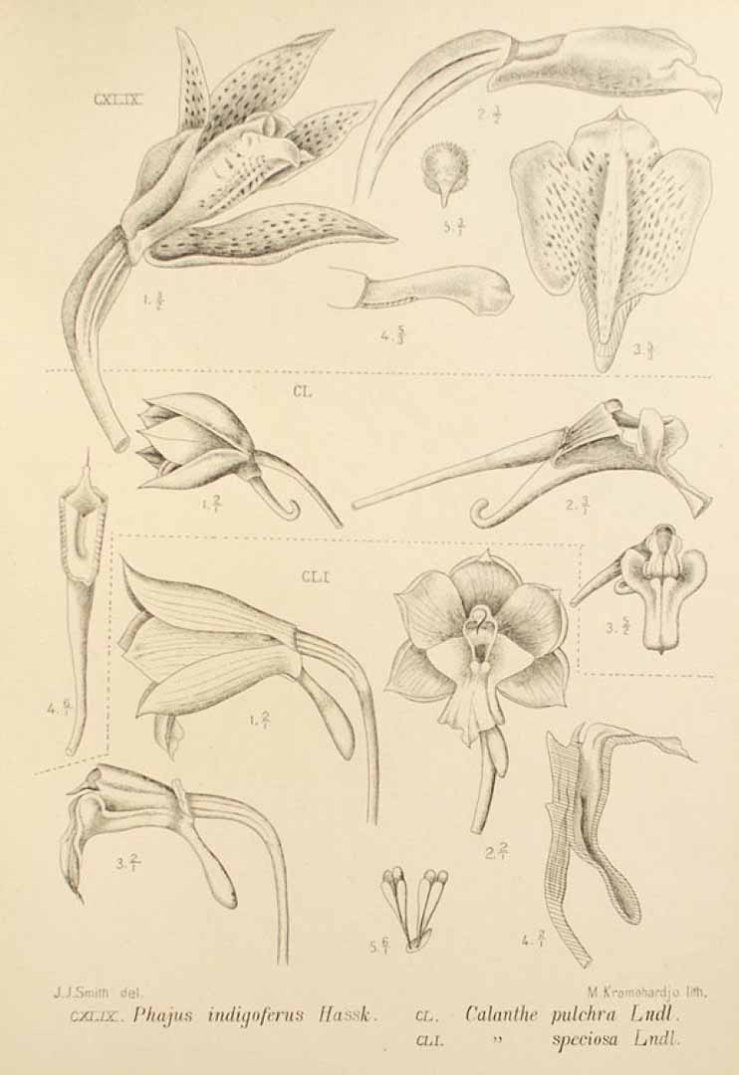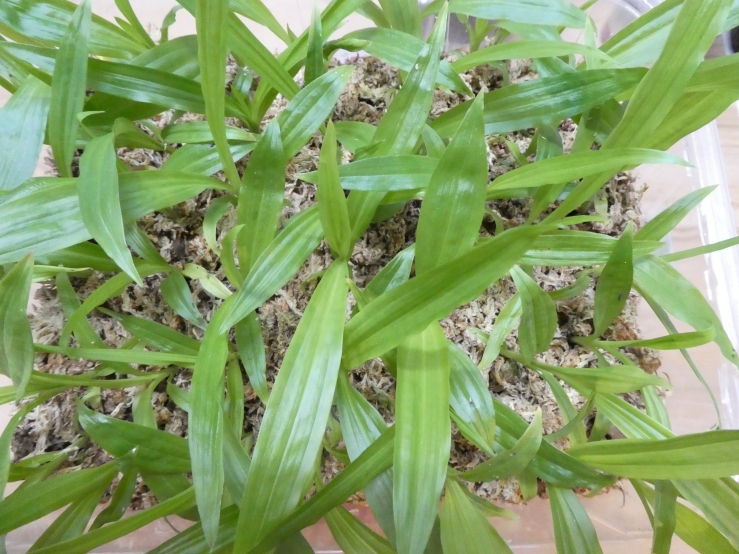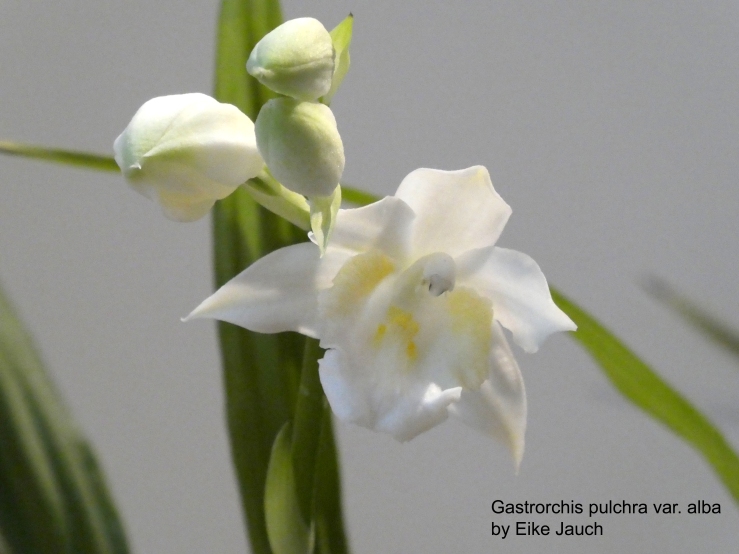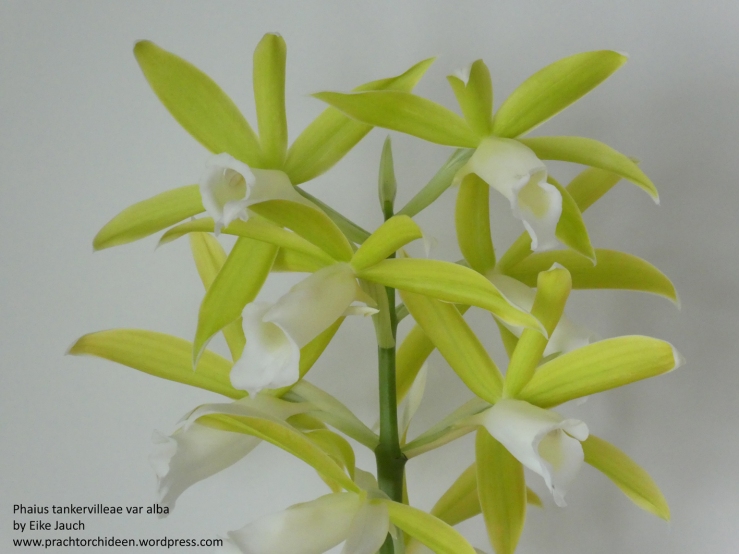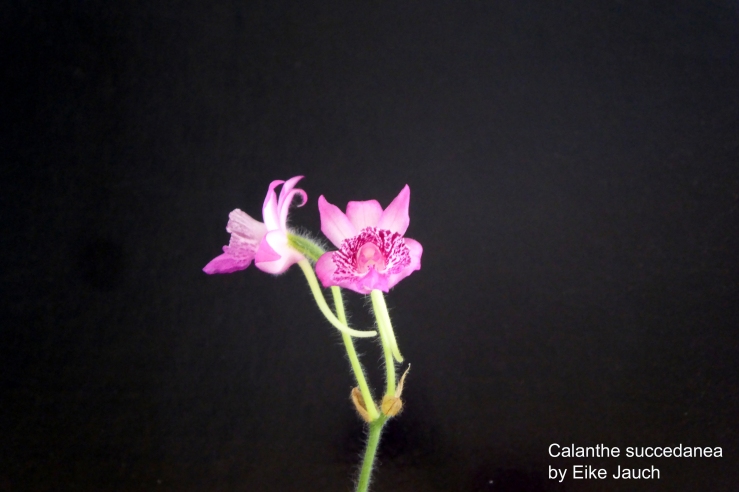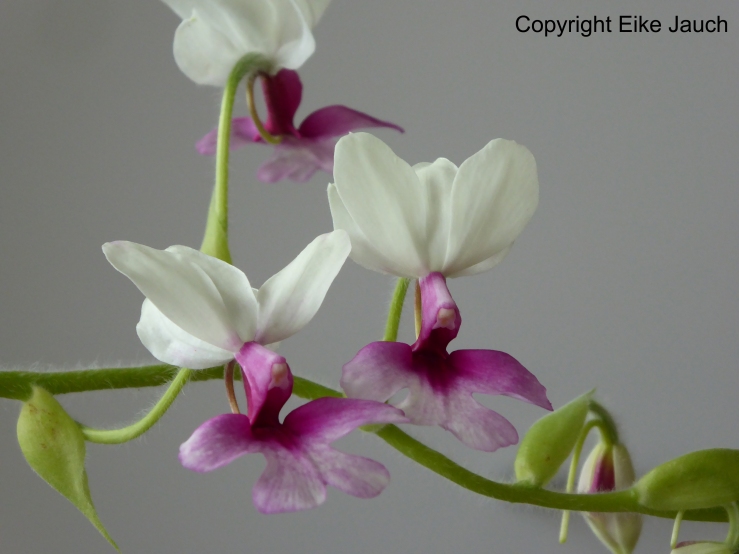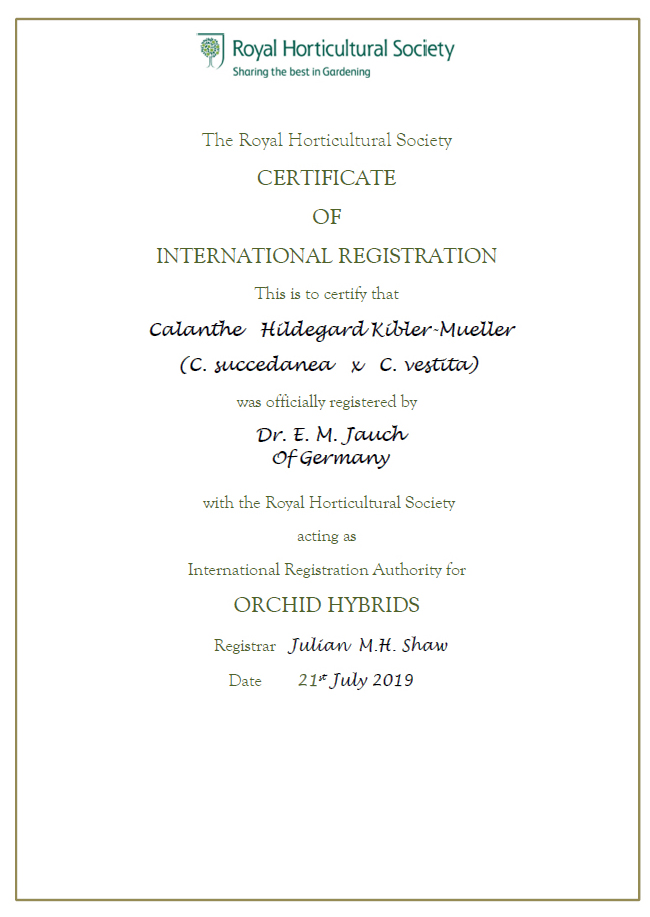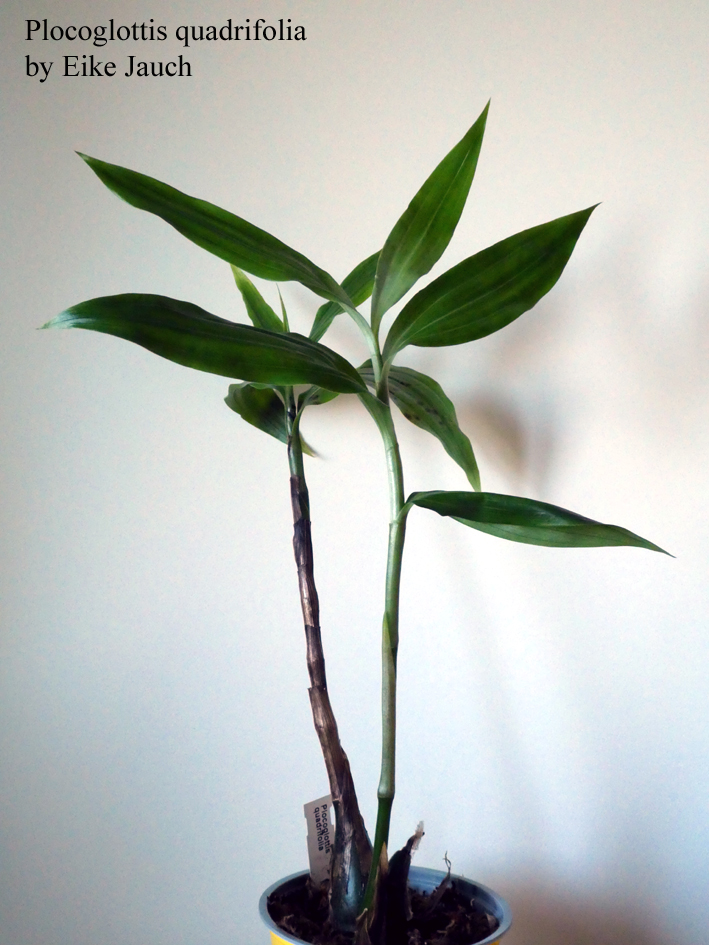In April 2019, R. Devadas, R. K. Pamarthi, A. L. Meitei, S. L. Pattanayak, R. Sherpa published the outcome of a large scale hybridization programme using both Phaius tankervilleae and Phaius flavus as mother plants for reciprocal crosses. They classified the outcome of the crosses in three categories:
x – failure of pod set
√/x – success of pod set / no germination
√ – success of pod set / germination
The interesting thing about this hybridization programme is the amount of genera used for it. The two Phaius species were crossed to other species and hybrids from other genera based on flowerings synchrony. No conserved pollen were used in this experimental setup.
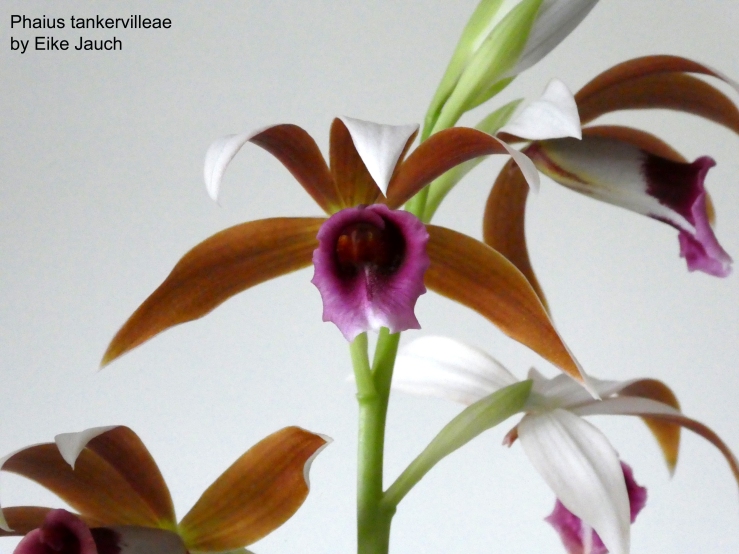
Let’s now have a look at the outcome when Phaius tankervilleae was used as a seed parent:
x Arundina graminifolia
x Calanthe masuca
√/x Calanthe triplicata
√/x Coelogyne flaccida var cristata
x Cymbidium aloifolium
x Cymbidium Caripepper ‘Peachy Keen’
x Cymbidium Fire Storm ‘Blaze’
x Cymbidium ‘PCMV’
x Cymbidium ‘Soul Hunt-1’
x Dendrobium Emma White
x Dendrobium moschatum
x Dienia ophrydis
x Eria pubescens (Eria lasiopetala)
x Lycaste crueata
x Paphiopedilum villosum
√/x Paplionanthe teres
x Papilionanthe vandarum
√ Phaius flavus
x Thunia marshalliana
x Vanda Berniece Miller
And now the results when Phaius tankervilleae was used as a pollen parent:
√/x Calanthe masuca
x Calanthe triplicata
x Coelogyne flaccida var cristata
x Cymbidium aloifolium
x Cymbidium Caripepper ‘Peachy Keen’
x Cymbidium Fire Storm ‘Blaze’
x Cymbidium ‘PCMV’
x Cymbidium ‘Soul Hunt-1’
x Dendrobium Emma White
x Eria pubescens (Eria lasiopetala)
√/x Lycaste crueata
√/x Paphiopedilum villosum
x Paplionanthe teres
x Papilionanthe vandarum
√ Phaius flavus
x Thunia marshalliana
x Vanda Berniece Miller
Only the hybridization with Phaius flavus resulted in germination.
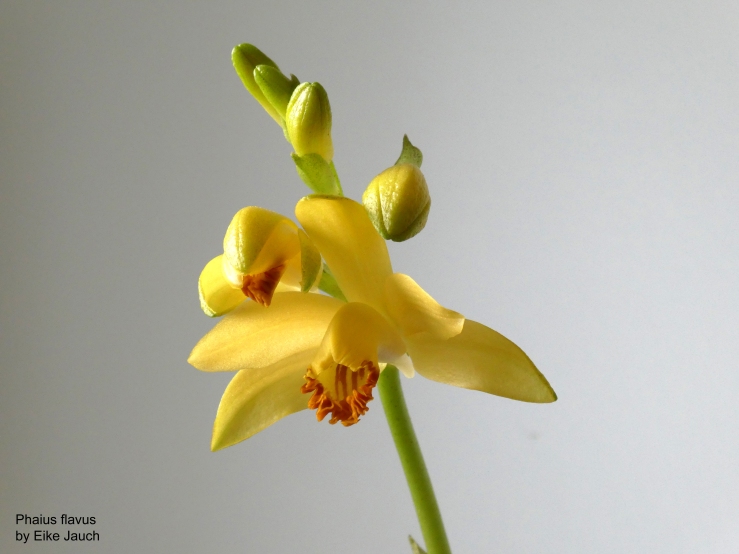
Here the results when Phaius flavus was used as a seed parent:
x Dendrobium aphyllum
x Dendrobium nobile
x Lycaste crueata
√ Phaius tankervilleae
x Phalaenopsis lobbii
When using Phaius flavus as the pollen parent, following results were obtained:
x Coelogyne flaccida
x Dendrobium aphyllum
x Dendrobium nobile
x Lycaste crueata
√ Phaius tankervilleae
x Phalaenopsis lobbii
Only the hybridization with Phaius tankervilleae resulted in germination. The authors conclude that there is a high level of incompatibility between Phaius and other orchid genera.
However, the hybridization of Calanthe masuca with Phaius tankervilleae has been successful before. In 1897 Veitch registerd Phaiocalanthe Inspirata, Calanthe masuca being the seed parent of the cross.
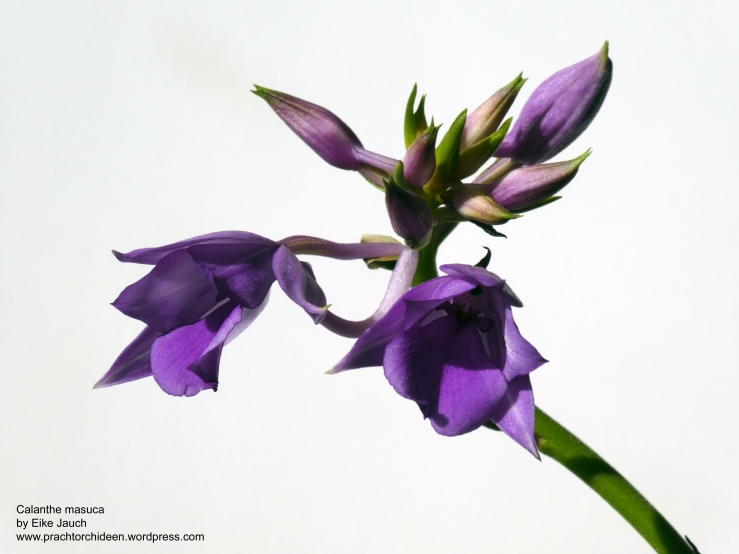
Read more about Phaius flavus on my blog:
https://prachtorchideen.wordpress.com/2019/12/06/phaius-federsee-a-new-phaius-hybrid/
https://prachtorchideen.wordpress.com/2019/08/07/phaius-flavus-is-an-orchid-host-of-sclerotium-rolfsii/
https://prachtorchideen.wordpress.com/2019/08/03/phaius-of-bhutan/
https://prachtorchideen.wordpress.com/2019/08/01/phaius-of-java/
https://prachtorchideen.wordpress.com/2019/06/10/white-leave-spots-of-phaius-flavus-var-maculatus-can-be-inhereted/
https://prachtorchideen.wordpress.com/2019/01/23/medicinal-phaius-of-asia/
https://prachtorchideen.wordpress.com/2018/12/16/phaius-somai-wie-pflegen/
https://prachtorchideen.wordpress.com/2018/05/05/alte-samenkapsel-der-phaius-somai/
https://prachtorchideen.wordpress.com/2018/04/30/bluehendes-gold-aus-indien-phaius-flavus/
